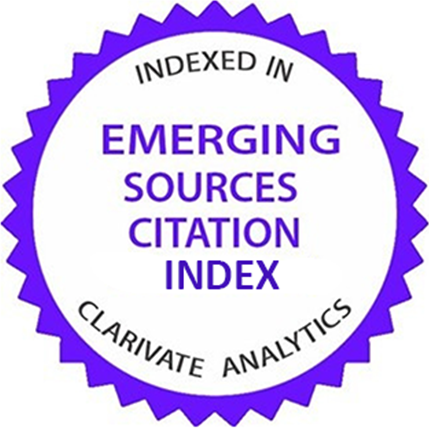Bidirectional Ventricular Tachycardia in a Women with Dilated Cardiomyopathy: A Case Report
Abstract
Introduction: Bidirectional ventricular tachycardia (BVT) is a rare arrhythmia characterized by QRS complexes with an axis in the frontal plane alternating polarity in the precordial leads and right bundle branch block (RBBB) morphology. To the best of our knowledge, there is no previous report in dilated cardiomyopathy or in the context of a probable peripartum cardiomyopathy. Case Presentation: A 26-year-old, 9-month female patient, with no significant past medical history (the patient denies medication intake, herbs like aconite, trouble during delivery, any heart issues or family history of sudden death or cardiomyopathies) who presents to the emergency room due to 11 days of dyspnea, exacerbated by daily activities, orthopnea, and paroxysmal nocturnal dyspnea. She presented with ventricular bigeminy and systolic dysfunction with left ventricular ejection fraction (LVEF) <20%. The patient later developed a stable ventricular tachycardia (VT) treated with amiodarone, which resulted in hemodynamic instability and BVT rhythm with VT paroxysms. Without the possibility of ablation, the use of high dose beta blockers and an implantable cardioverter defibrillator resulted in the same rhythm with a lower heart rate, better NYHA functional class, and less episodes of VTs. Conclusion: BVT is a rare type of tachycardia that can be present in dilated cardiomyopathy. In the absence of ablation capabilities, decreasing the heart rate with beta-blockers may reduce the rate of paroxysmal VTs.
2. Wagner G: Morriott’s Practical Electrocardiography, 9th ed. Baltimore: Williams and Wilkins, 1994.
3. Chakraborty P, Kaul B, Mandal K, Isser H, Bansal S, Subramanian A. Bidirectional ventricular tachycardia of unusual etiology. Indian Pacing Electrophysiol J. 2015;15(6):296-9.
4. Park YH, Kim J. Bidirectional ventricular tachycardia in a patient with acute myocardial infarction and aortic stenosis. Int J Cardiol. 2013;162(2):e41-2.
5. Bonnemeier H, Barantke M. It Is Not Always Digitalis: Bidirectional Ventricular Tachycardia in Left Ventricular Hypertrophy. Ann Noninvasive Electrocardiol. 2008;13(2):208-10.
6. Benjamin MM, Hayes K, Field ME, Scheinman MM, Hoffmayer KS. Bidirectional ventricular tachycardia in cardiac sarcoidosis. J Arrhythm. 2017;33(1):69-72.
7. Yeo C, Green MS, Nair GM, Birnie DH, Nery PB, Sadek MM. Bidirectional ventricular tachycardia in ischemic cardiomyopathy during ablation. HeartRhythm Case Rep. 2017;3(11):527-30.
8. Richter S, Brugada P. Bidirectional Ventricular Tachycardia. J Am Coll Cardiol. 2009;54(13):1189.
9. Cohen SI, Deisseroth A, Hecht HS. Infra-His Bundle Origin of Bidirectional Tachycardia. Circulation. 1973;47(6):1260-6.
10. Baher AA, Uy M, Xie F, Garfinkel A, Qu Z, Weiss JN. Bidirectional ventricular tachycardia: Ping pong in the His–Purkinje system. Heart Rhythm. 2011;8(4):599-605.
11. Lien WC, Huang CH, Chen WJ. Bidirectional ventricular tachycardia resulting from digoxin and amiodarone treatment of rapid atrial fibrillation. Am J Emerg Med. 2004;22(3):235-6.
| Files | ||
| Issue | Vol 4 No 1 (2020): Winter (February) | |
| Section | Case (report / study) | |
| Keywords | ||
| Arrhythmias, Cardiac Bidirectional Tachycardia Cardiomyopathy, Dilated Tachycardia, Ventricular | ||
| Rights and permissions | |

|
This work is licensed under a Creative Commons Attribution-NonCommercial 4.0 International License. |










